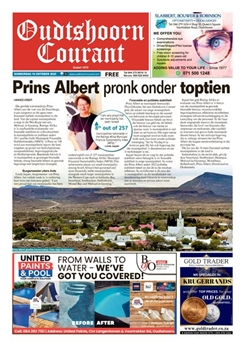AGRICULTURAL NEWS - Stellenbosch University is acknowledged as a world leader in research on optimising packaging design for the fruit industry. Prof Linus Opara spoke to Glenneis Kriel about the university’s achievements in this regard, as well as the latest trends in the field.
Horticultural packaging had been largely neglected by academic researchers when agricultural engineer, Prof Linus Opara, decided to specialise in this field in the 1990s.
“There was a growing understanding of the pre-cooling process and cold chain management of fresh produce, such as fruit, but hardly any scientific research available on the impact of packaging and packaging design on fruit quality and shelf life. I focused my research in this field at Massey University in New Zealand,” he says.
Today, Opara is a distinguished professor in the Department of Horticultural Science, and Research Chair at the South African Research Chairs Initiative (SARChI) in Postharvest Technology, at Stellenbosch University.
“Back then, and even in some cases today, packaging design was merely based on a layperson’s perceptions of what is required, as well as on industry experience,” he explains.
“For example, cardboard boxes traditionally used to have two holes on the sides, commonly referred to as ‘hand-holes’. They were there for ease of carrying and had nothing to do with ventilation. Today we know that holes not only need to be of a specific size to allow enough cold air to ventilate throughout the carton, but that the shape of the holes and their positioning have an impact on the efficiency of the cooling process.”
The turning point in packaging design came with the growing realisation that horticultural produce continued to respire and lose heat and moisture after harvesting. “This indicated that fruit required high humidity and low-temperature storage for the best postharvest outcome,” Opara explains.
















